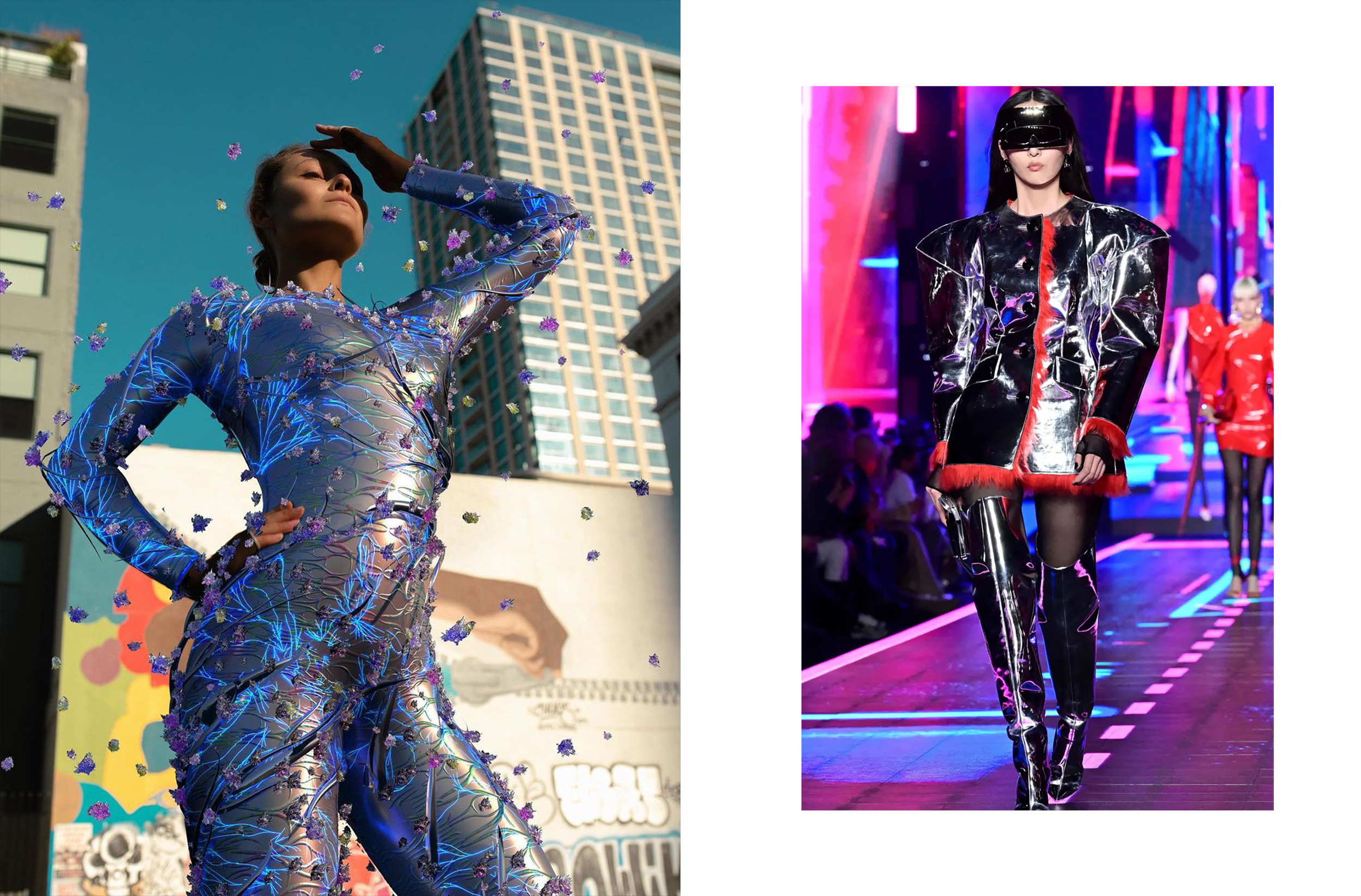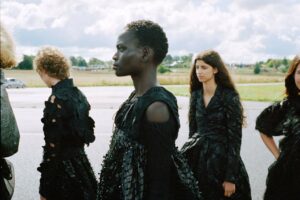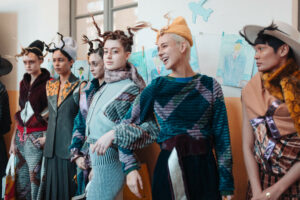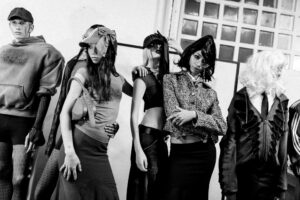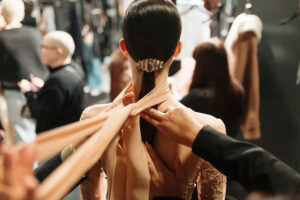The metaverse: a word that frightens, intrigues, and opens up new working scenarios and professions but, above all, that heralds the birth of a new lifestyle, a new society, and a new world that is no longer so distant, not even when it comes to fashion.
In democratic places (first and foremost) such as the Internet and social networks, young designers, curious people, and also great fashion designers, can express themselves and show their creations through this new, exciting universe. Where are we now in terms of fashion and metaverse then? And what can we expect from the future?
Fashion and the Metaverse
The beginnings
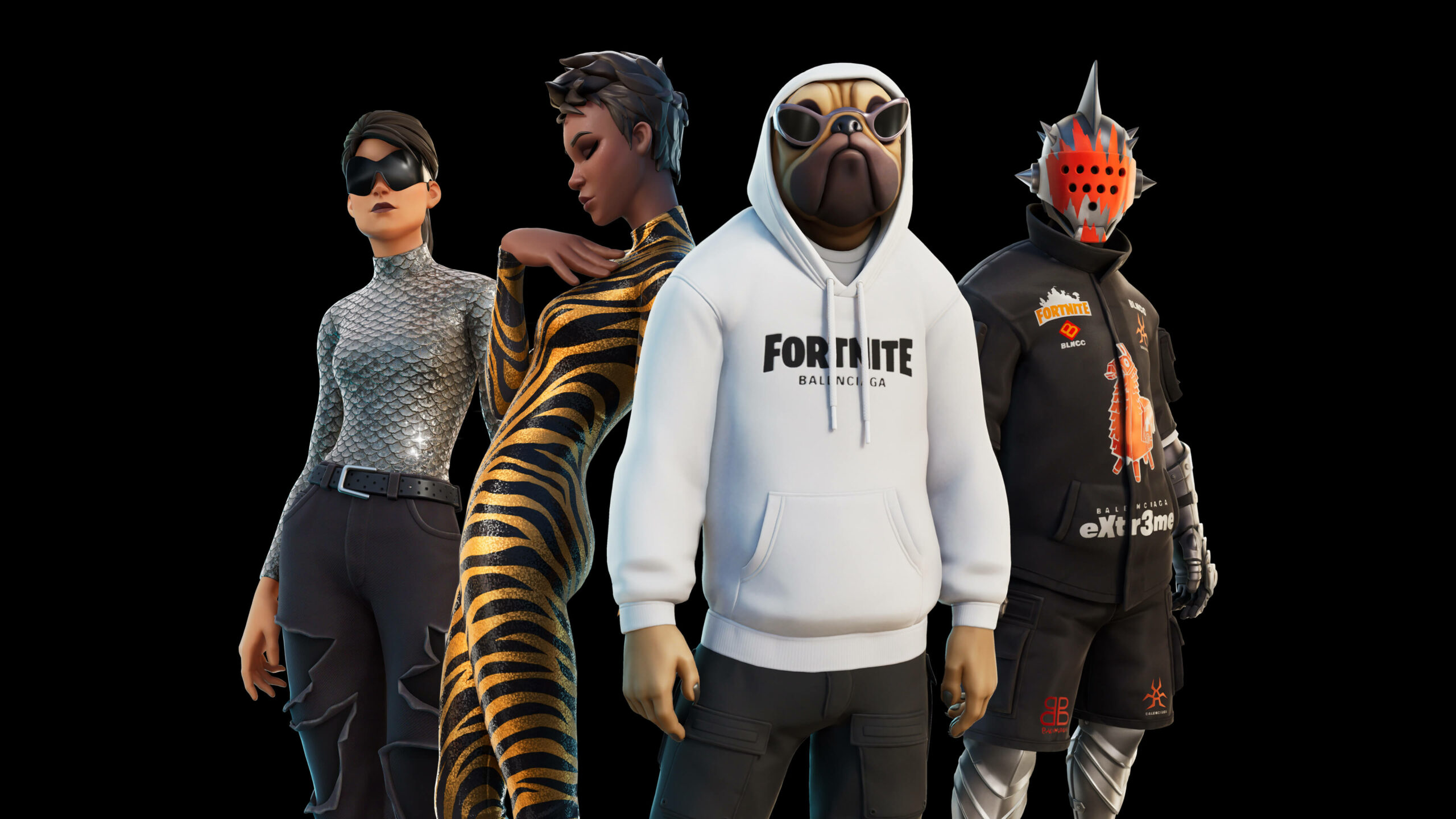
Starting with the basics, we cannot fail to mention NFTs (non-fungible tokens), i.e. certificates of authenticity of a digital, non-tangible asset. Many brands had already approached the digital world, above all, through the vast universe of video games: just think of Moschino’s capsules for the hugely popular The Sims, Valentino’s whole package for Animal Crossing, and Balenciaga for Fortnite (frequented by 400 million global users), with the possibility of purchasing branded garments for their avatars.
Veronica Etro, director of the women’s line of the eponymous brand, says: “The metaverse? For me it’s like Mary Poppins when she enters the world of cartoons, it’s a visionary and fantastic journey through horizons yet to be explored”. And with this in mind, the first Metaverse Fashion Week in history took place from 24th to 27th March on the Decentraland platform, with the participation of over 60 luxury brands.
Fashion and the Metaverse
Decentraland
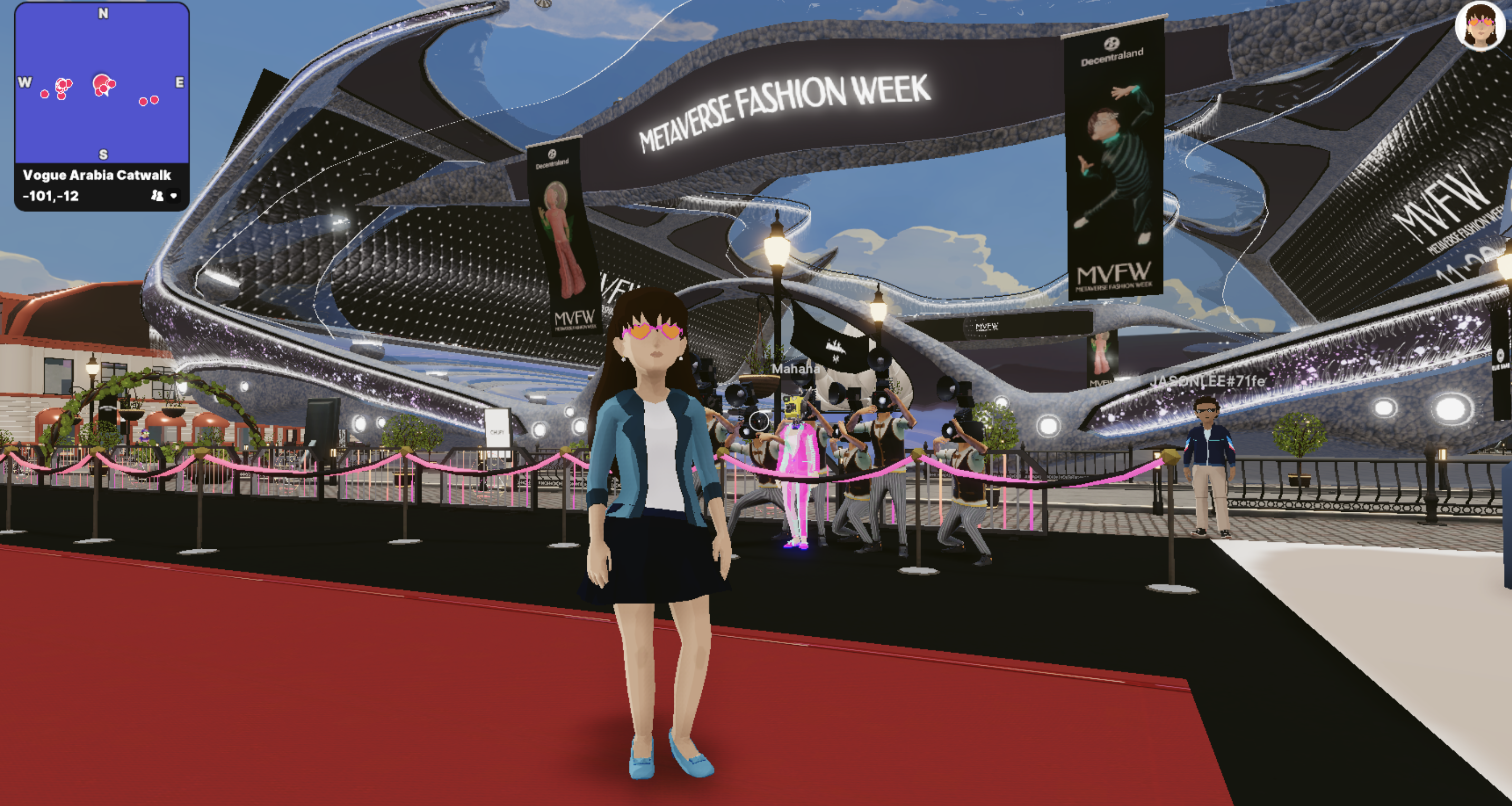
From the English “decentralized” and “land”, it is a digital platform that has been booming ever since Mark Zuckerberg officially created Meta and, consequently, a new virtual reality. Created in 2015 by Ari Meilich and Esteban Ordano, it allows users to create their avatars and buy and sell lots of land through cryptocurrencies.
“Experience Fashion without limits” is what can be read on the official Decentraland website. The event was open to all and included not only fashion shows but also conferences and shops where you could buy clothes; in fact, a sort of virtual city was created, with streets, and roads, all carefully arranged for this Fashion Show. In particular, the UNXD Luxury District (inspired by Avenue Montaigne, in Paris) shone, with Dolce & Gabbana, Etro, Auroboros, and Frank Muller, the pioneers of this new reality.
The initiatives were varied: Philipp Plein allowed virtual entry and visits to the NFT Museum of the Arts (M.O.N.A.) for example, but there were also concerts and digital store openings; among the participants, we cannot fail to mention Etro with a collection dedicated to the event and the opening of the online shop which not only includes the possibility of buying physical clothes but also virtual ones for one’s avatars just as Dolce and Gabbana do, who have been interested in the new digital platforms for some time now.
Obviously, being the first digital experience, the critical aspects were felt. The graphics are very reminiscent of the well-known “Second Life“, the avatars are sketchy and not very detailed, and if for many this may be a great limitation, perhaps it is even more so as far as clothes are concerned: textures, fabrics, details almost disappear, making the clothes very flat in addition to the various problems in reloading the web page. In short, we seem to be back in the early years when the Internet entered people’s homes, with its bugs and problems. Problems that will surely be fixed with time, experience, and knowledge, but which at the moment have created difficulties.
Fashion and the Metaverse
Other channels
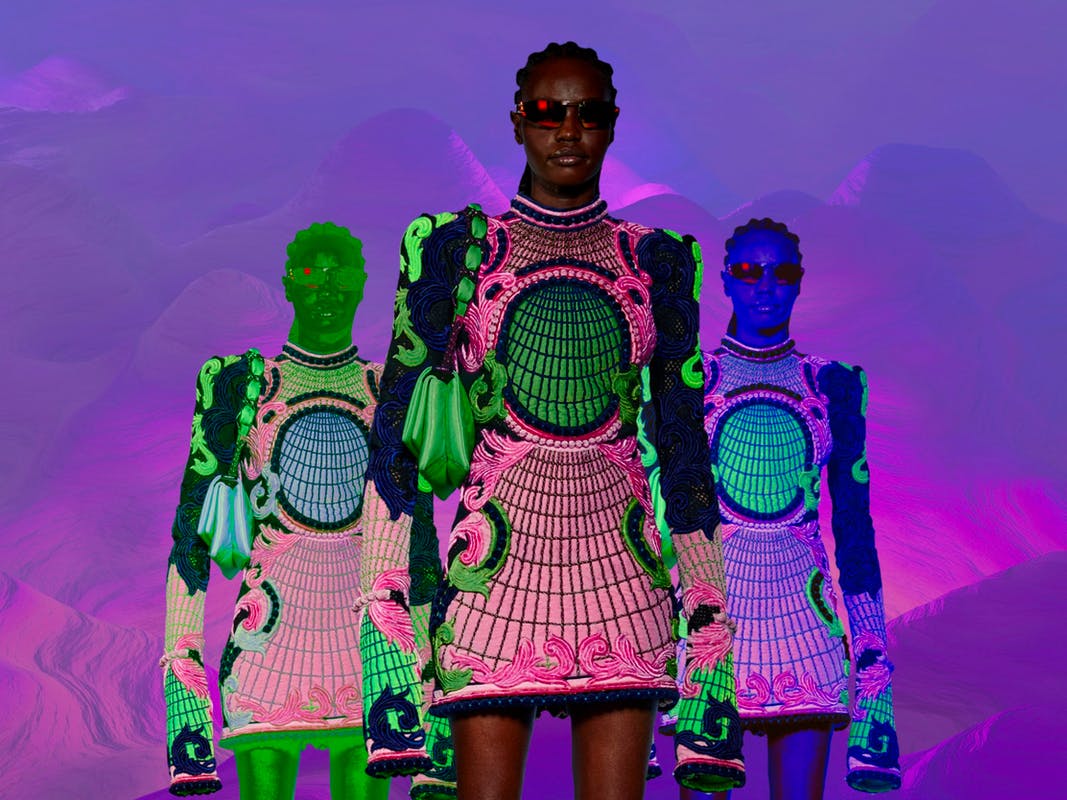
Educational institutions of some importance have also expressed interest in the metaverse:
In April, the Cfda-Council of Fashion Designers of America, the institution that presides over New York Fashion Week, declared, for instance, that it wanted to set up a training program specifically for the use of the metaverse. Polimoda has also decided to activate a course, Fashion for Metaverse, for the development of fashion creations in the metaverse.
What one perhaps wonders is whether with these virtual fashion shows, open to all, we do not lose, in part, the value of fashion exclusivity, at times unbearable but certainly enhancing the work of creations, from the most commercial to the most particular and special ones.
Obviously, it will still take a lot of work to be able to integrate the physical contents into the virtual world, having two different languages but having to follow the same brand line; however, the fashion world has always been at the head of great revolutions from an economic and social point of view, and we can undoubtedly expect great innovations from a technological point of view.

